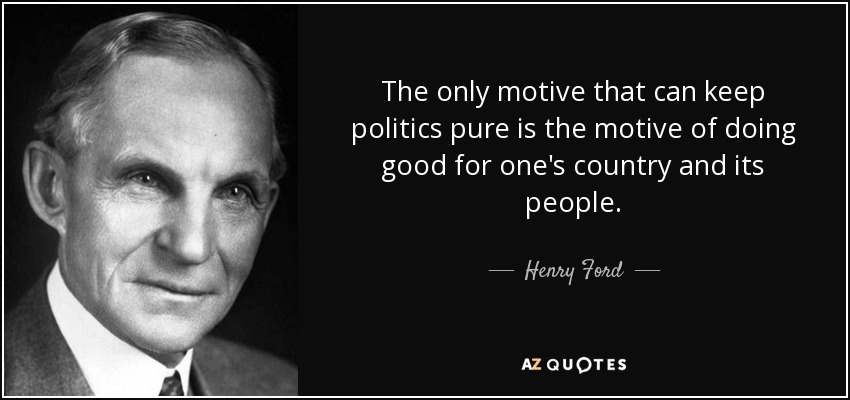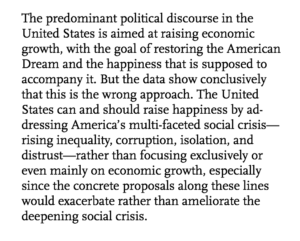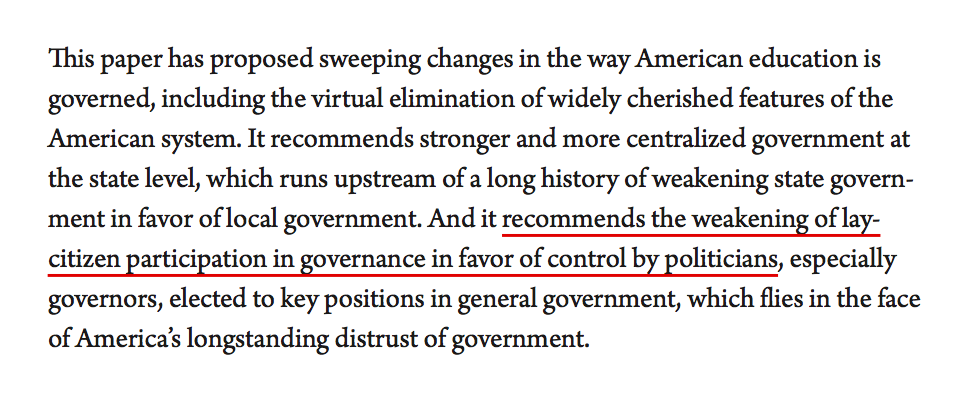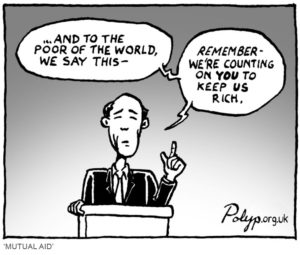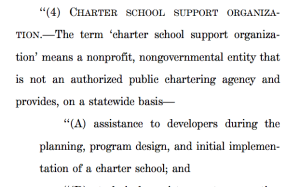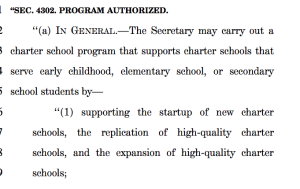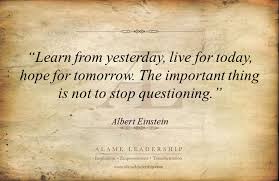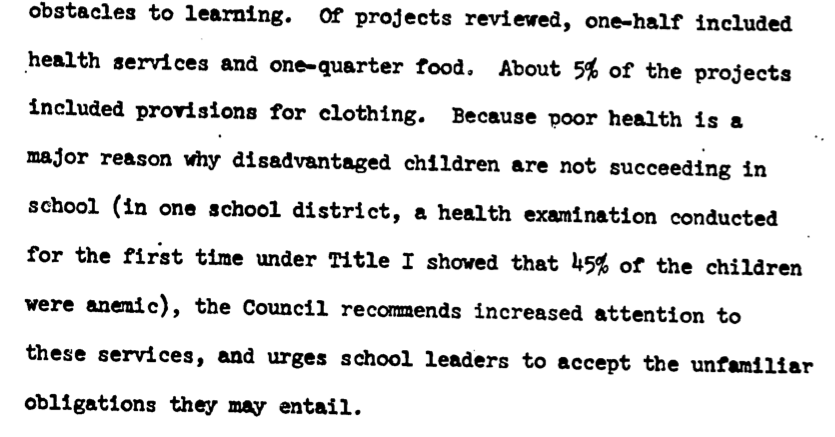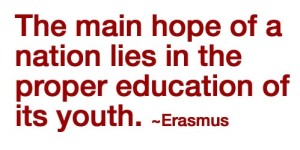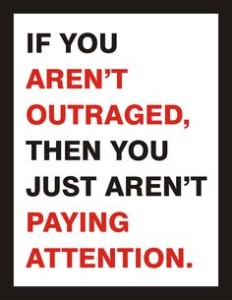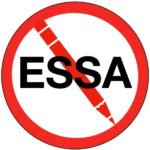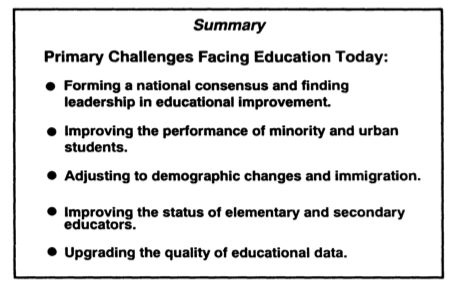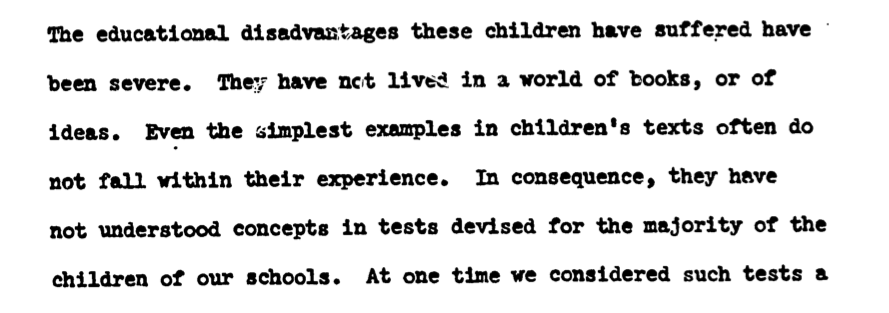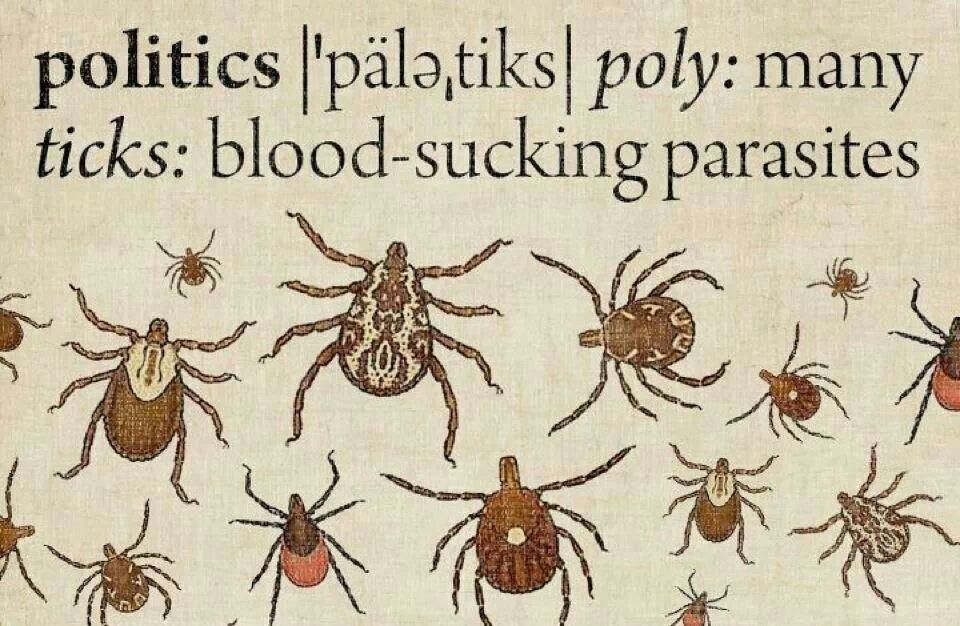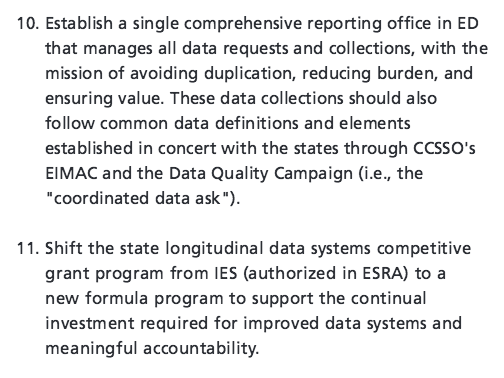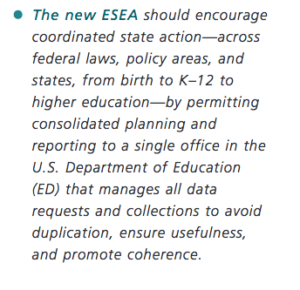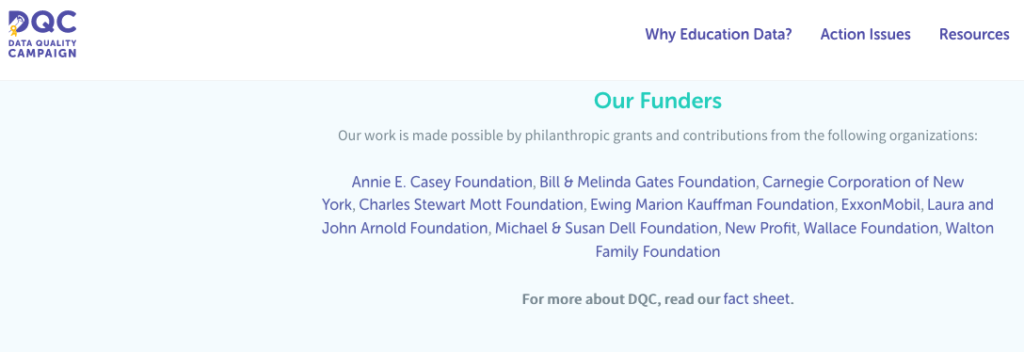If President Trump drained the swamp, we would still be stuck in the muck.

Cartoon provided by Ben Garrison. Visit his site at GrrrGraphics!
Still waiting on leaders to fix health care? And how many decades have we talked about fixing the education system? But, did you know that both these systems are suffering from the same problem?
“Make America great again”?
We can’t do that without understanding what changed America. Until then, we spin our wheels, dig ourselves in deeper, and allow the expanding swamp to be refilled.
The problem?
We switched drivers — from leaders believing in progress to those driven by outcome-based data, money, and their own arrogance. Our drivers own the world and dictate the rules.
We the People? We’re stuck in the muck created by political corruption.
Health care, social security, the justice system, the environment, education, on and on — all the major social problems are being kicked down the road. And we are stuck in debt up to our eyeballs while ever-widening holes develop in our social safety net.
 Most of the holes were created by us and what we don’t know.
Most of the holes were created by us and what we don’t know.
In the health care debate, what aren’t we hearing?
“The physicians say the increased use of quality metrics to assess provider performance is having a negative impact on quality of care. Far fewer (22 percent) see quality metrics as having a positive impact on quality.
Nearly half (47 percent) of physicians and just over a quarter (27 percent) of nurse practitioners and physician assistants say the recent trends in healthcare are leading them to consider an earlier retirement.”
Physicians and teachers are facing the same problems.

Source: NPR Suicides are up. Tracking outcomes isn’t what these people needed us to do.
Where we once had community hospitals (and schools), we now have health care (and charter) management organizations. They control data-driven systems with an eye towards cost-cutting through technology and lower labor costs. The technology industry and health treatment industries, as well as the education market, are flourishing.
People? We aren’t doing so well.
Not only are teens and middle-aged men killing themselves at alarming rates, Americans in general are not as happy as we once were.
We know we need to address heath care. But we seem unaware of how desperately we need to consider real education reform as a national priority.
If we can’t gain control of our own local school systems, what hope do we have of solving our other more complex problems?
When leaders put Standards Based Reforms (SBR) in federal education law, we were trapped in the education metrics of outcome-based reforms.
Drop the fallacy that Market-Based ideology is a silver bullet!
Market theory was sold as Standards Based Reforms. But it is a business theory NOT a health care or education reform. Only when we wake up to that fact will true education reform become possible.
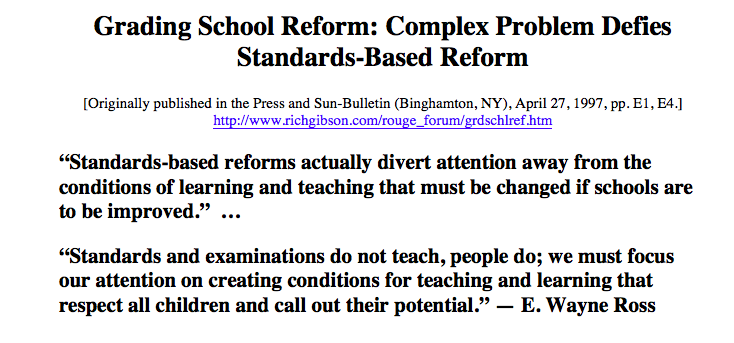
Statistics now prove what many believe. Standards don’t ensure student achievement. The focus on monitoring outcomes ignores the problems created by separate and unequal schools.
The misconception is that setting “higher, better” standards improves schools. It doesn’t.
Do you know why No Child Left Behind (NCLB) didn’t improve schools? SBR. And the current Every Student Succeeds Act (ESSA) perpetuates the same problem. SBR.
“Now we risk setting national curriculum standards instead of recognizing that children need us to identify their individual strengths and weaknesses and work with them to attain a level of mastery of the classroom curriculum as outlined in a locally agreed upon instructional framework.
This isn’t a philosophy that gets away from being held accountable to a standard; it’s one that is responsible for meeting the needs of the individual student along with educational standards.” The Crucial Voice of the People, 2012
That is a description of standards-referenced education, not standards-based (NOT the Outcome-Based – Market Theory). Market theory leaves us stuck spending tax dollars on something that isn’t a reform (SBR). Therefore, none of that money is an investment in progress.
“We’re stuck because our focus, our funding priorities, and our personal beliefs and attitudes are failing to serve our country.
We are stuck in the standardization of children ditch because we set test scores as our goal—in law and in the minds of Americans.” The Crucial Voice of the People
Metrics rule.
Plus, we have not listened to people with a passion for teaching and compassion for children.
“In the last several years, with the continuing emphasis on using data to drive instruction, I find myself increasingly skeptical about what we do to ‘benefit’ students. …
Data seems to be the driver of much educational policy today, even when it means we force students into increased time with their weakest subjects, and excluding content that might intrigue them. We marvel at the lack of engagement while we simultaneously impose rigid interventions…
I’m very concerned that our fixation on data has become more important than the engagement of students in topics that might lead them to important self-realizations of competency… It often feels like teachers are working in a system designed for disengagement, while at the same time being evaluated on their skill at maintaining engagement! …
Regardless of my knowledge or enthusiasm, I’m still expected to march as a good soldier with what I see as an archaic system…
Our current models mean we–teachers, administrators, and students–fixate more on ‘grades’ than learning. I can no longer grow as an educator when I feel confined by parameters that fail to prioritize self-discovery and lifelong learning–for all of us.” — Cindy McDonald (A Now Retired Teacher)
We are losing compassionate and passionate public servants.
With money being tied to outcome-metrics, public services are trapped. That leaves public servants controlled by politics. And politics controls government spending.
It gets worse. The more automated our human services become, the less service we are providing to humans. Frustrated, people blame their government.
But consider this. “Our” government is run by those with the biggest say in the lawmaking process. We know who they are — the rich, ultra-rich, and the greedy. Their practice of greasing palms created the swamp slim.
And it is the arrogance of these ultra-rich people— telling us what is best for us— that we should no longer tolerate.
Corruption is literally killing our society.
SO, we are the ones needing to roll up our sleeves and drain the swamp.
In writing about the House of Representatives, James Madison said, “They in a word hold the purse” (Federalist No. 58). “The greater the power is, the shorter ought to be its duration” (Federalist No. 52). Thus, Article I SECTION. 2 “The House of Representatives shall be composed of Members chosen every second Year by the People…”
If we ever hope to restore America and rebuild upon its ideals, we must make our government work for us.

One solution offered in Restoring American Happiness is greater public financing of health and education. And we must invest wisely.
We need to control the purse…
“As the people are the only legitimate fountain of power” (Federalist No. 49), we are central to our own progress as a nation. That requires “above all the vigilant and manly spirit which actuates the people of America, … (Federalist No. 57).”
Call it an electoral revolt or call it an election revolution. Call it what you will. It is what our nation’s fathers directed us to do. It will advance progress.
We filled the swamp; we can drain it. And we can refill it with representatives that will invest in the human side of both health care and education….or we drain it again…in two years time.